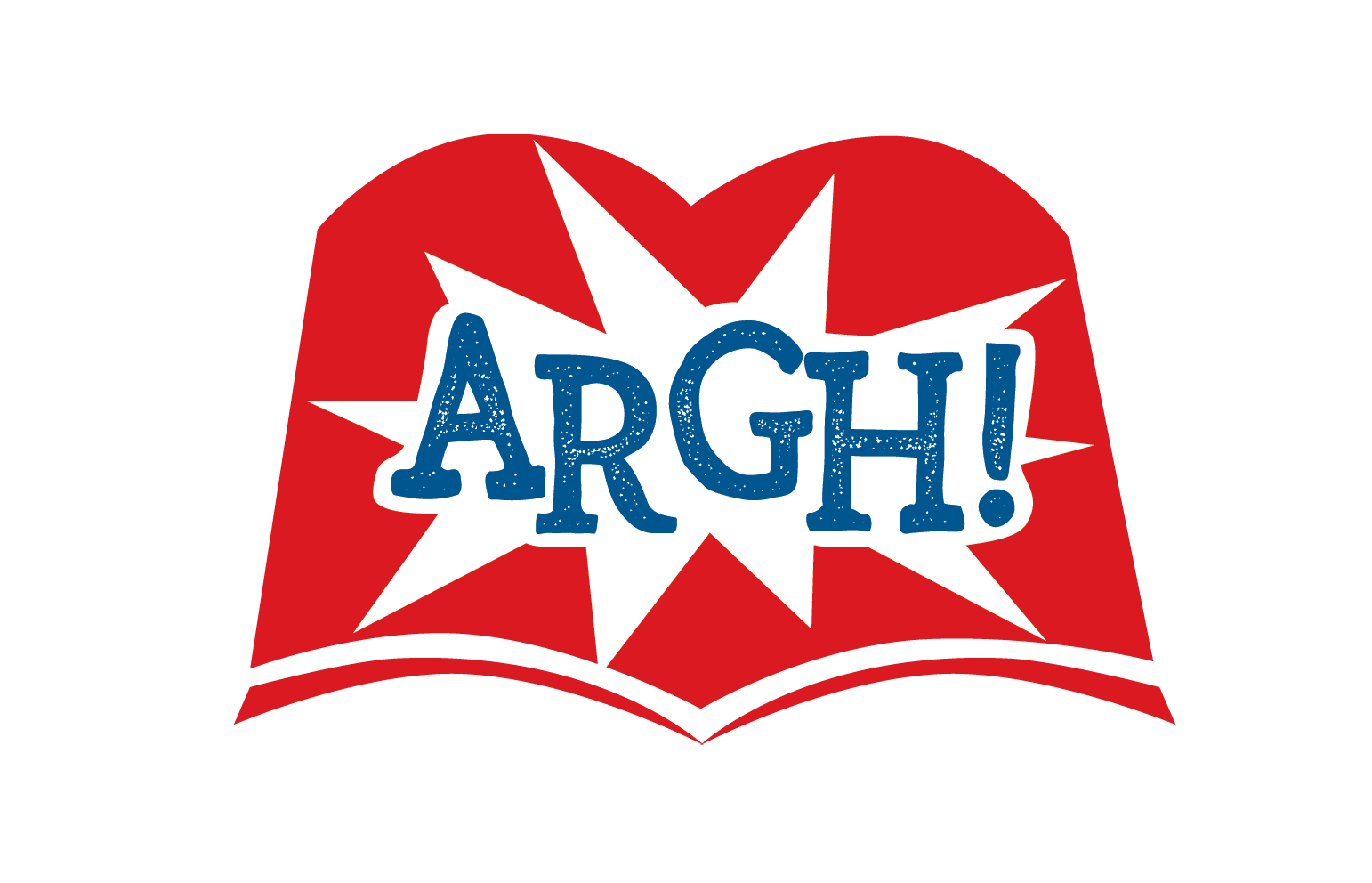
Massachusetts

They argued that self selection of participants to the interventions being studies was an advantage because it mirrored the way individuals typically choose to enter treatment. Thus, self selection was integral to the intervention being studied and without self selection it was difficult to argue that a valid examination of the invention mash certified sober homes had been conducted. In their view, random assignment of participants to conditions was often appropriate for medication studies but often inappropriately applied when used to study residential services for recovery from addiction.

I. Core Principle: Cultivate the Resident’s Sense of Belonging and Responsibility for Community
Learn more about becoming a VSL Chartered Operator. The mission of the MASH is to support individuals in recovery by ensuring access to high-quality sober living environments. MASH is dedicated to promoting the health, safety, and well-being of residents through rigorous certification standards that align with the National Alliance for Recovery Residences. These standards ensure that sober homes provide safe, structured, and supportive environments crucial for long-term recovery. Sober house certification in Massachusetts is managed by the Massachusetts Alliance for Sober Housing (MASH), the state affiliate of the National Alliance for Recovery Residences (NARR).
G. Core Principle: Facilitate Active Recovery and Recovery Community Engagement
Evidence that management supports staff members maintaining self-care.
Sober House Certification in Massachusetts

Massachusetts sober houses are certified by the Massachusetts Alliance for Sober Housing, or MASH. Massachusetts recognizes the need for quality sober housing and recovery resources. The support provided by sober home communities is combined with local clinical recovery support organizations to serve those in recovery from addiction. Boston Sober Homes is a M.A.S.H certified sober housing company for those who are serious about their recovery and sobriety. Our mission is to provide clean, comfortable accommodations in a positive environment for those looking to live a sober lifestyle.
In a recent analysis of CSTL residents we looked at psychiatric severity as a predictor of alcohol and drug outcome using growth curve models (Korcha et al (2010). We found that a subgroup of about a third of the residents had significantly higher psychiatric severity than other residents and had significantly worse outcomes. Our work on identifying and describing these residents with worse outcome is continuing.

» Certified Sober Homes
Those who have been in the house the longest and who have more time in recovery are especially encouraged to provide support to new residents. This type of “giving back” is consistent with a principle of recovery in 12-step groups. Freestanding SLH’s offer a limited amount of structure and no formal treatment services. Thus, they are optimal for residents who are capable of handling a fair amount of autonomy and who can take personal responsibility for their recovery. Expansion of freestanding SLHs in communities might therefore ease the burden on overwhelmed treatment systems.

- Sober homes provide mutual support, emphasize independent living skills, and depend on peer leadership.
- © 2024 💜 Vanderburgh Sober Living ™ is a cooperative network of independently operated sober living homes organized by The Vanderburgh Foundation, Inc., a registered 501(c)3 Charitable Foundation.
- If there are any changes to the sober home policies or sober home management, please notify MASH to update our files.
- Documentation that emergency contact information is collected from residents.
Policy prohibits the use of alcohol and/or illicit drug use or seeking. Verification that entertainment or recreational areas and/or furnishings promoting social engagement are provided. Cultural responsiveness and competence training or certification are provided. 10.a Policies that value individuals chosen for leadership roles who are versed and trained in the Social Model of recovery and best practices of the profession. Evidence that staff are supported in maintaining appropriate boundaries according to a code of conduct.
Recovery Resources for Massachusetts Sober House Residents
Vanderburgh Sober Living (VSL) is a network of independently operated sober homes organized and supported by The Vanderburgh Foundation, a registered 501(c)3 Charitable Foundation. VSL works alongside MASH to support and equip Chartered Operators to strengthen their local communities through effective sober housing. Outpatient programs in low income urban areas might find the Options Recovery Services model of SLHs helpful. Relative to the other housing programs, this model was inexpensive and the houses were conveniently located near the outpatient facility. Typically, residents entered these SLHs after establishing some period of sobriety while they resided in a nearby shelter and attended the outpatient program.
Over 24 agencies affiliated with CAARR offer clean and sober living services. The SLN has over 500 individual houses among it membership. Vanderburgh House, a supporter of Sober House Directory, builds sober home communities where residents are supported in their recovery journeys.
- Policies and procedures for ongoing performance development of staff appropriate to staff roles and residence level.
- Residents are encouraged to provide mutual support and encouragement for recovery with fellow peers in the house.
- Read more about the National Alliance for Recovery Residences (NARR), including it’s history, standards, and impact on recovery housing nationwide.
- 27.b Residents find and sustain relationships with one or more recovery mentors or mutual aid sponsors.
- Learn more about becoming a VSL Chartered Operator.
To maximize generalization of findings, very few exclusion criteria were used and very few residents declined to participate. Primary outcomes consisted or self report measures of alcohol and drug use. Secondary outcomes included measures of legal, employment, medical, psychiatric and family problems. Some measures assessed the entire 6 months between data collection time points.
